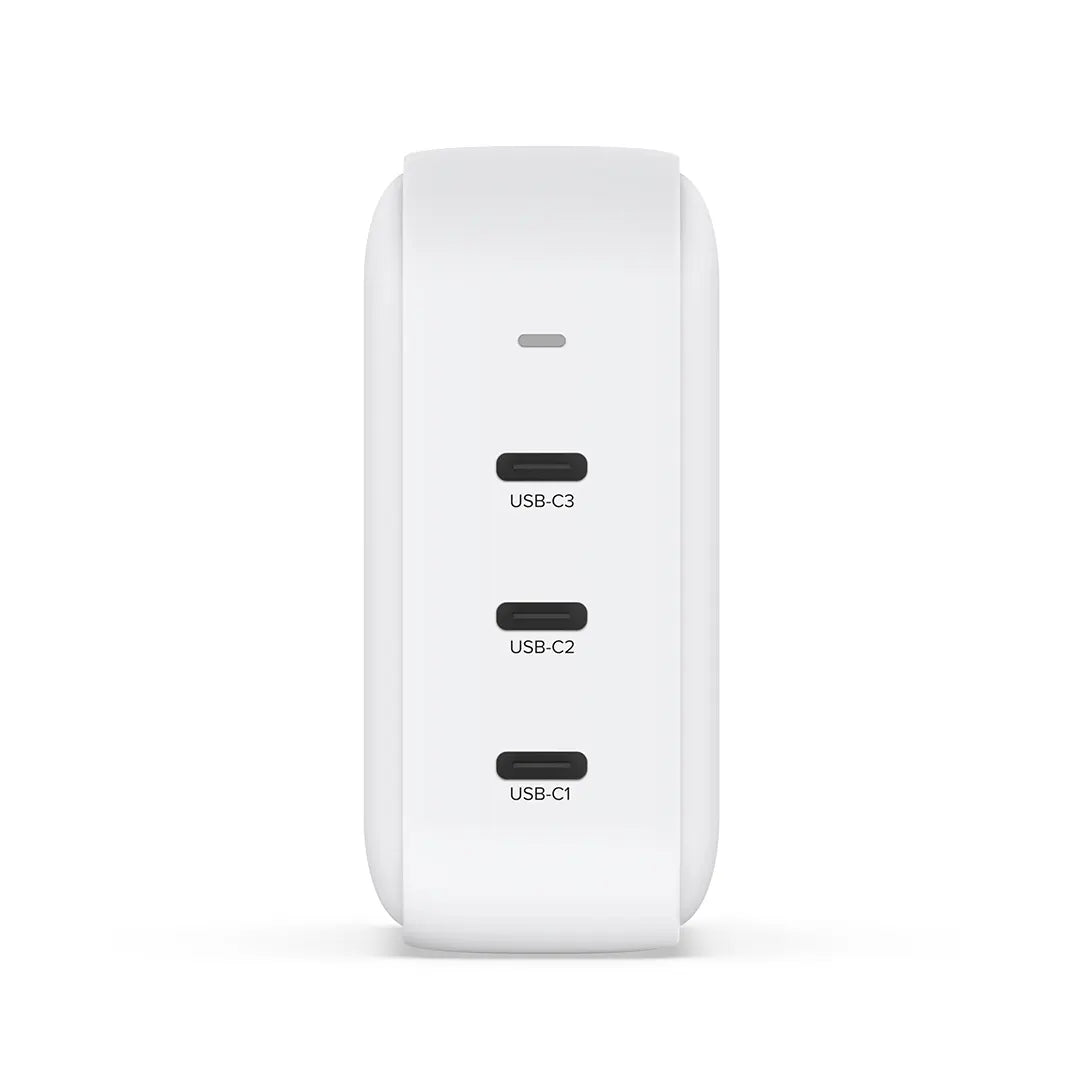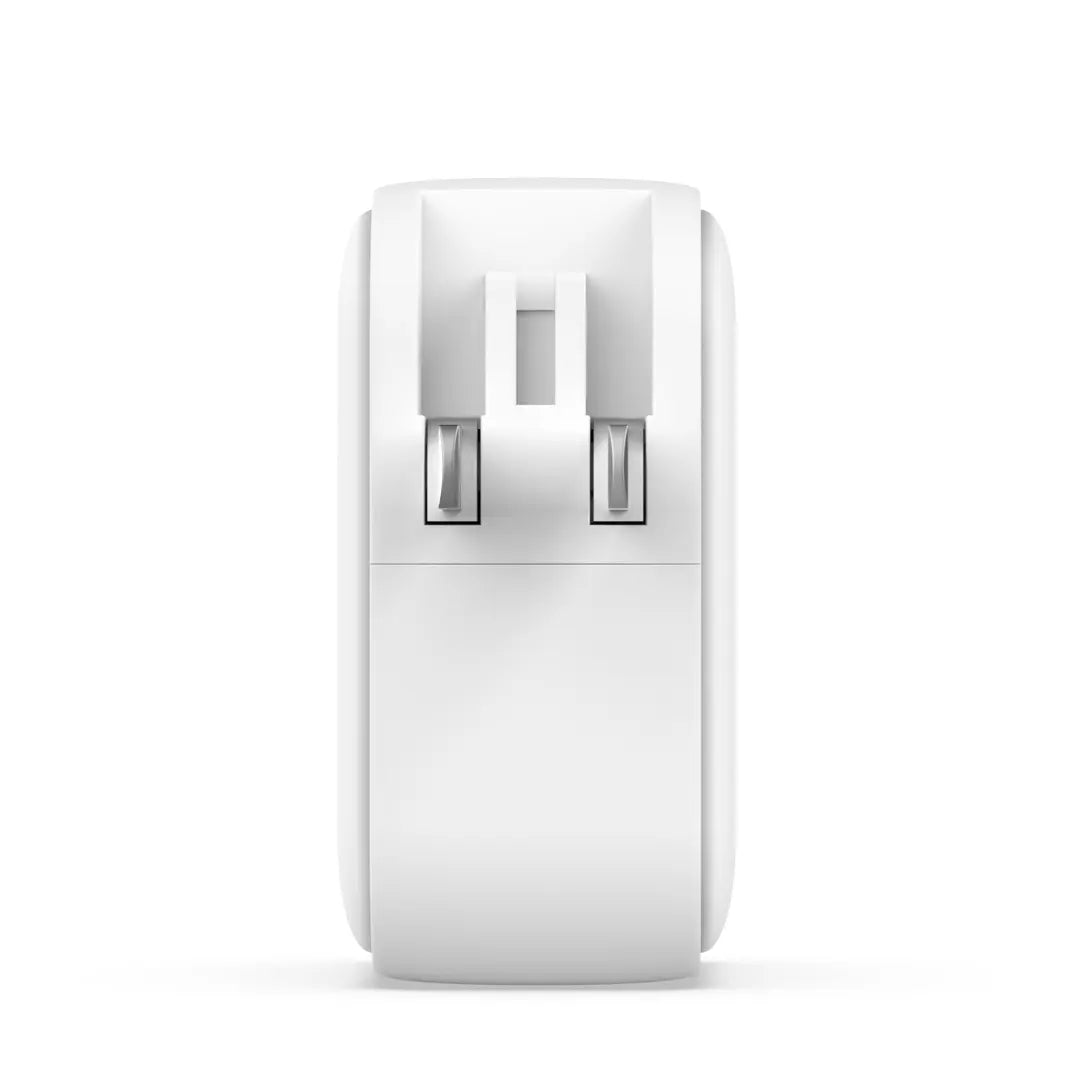June 6, 2023 | Words by Jackson
If you’re like me, you’re always on your phone calling people, checking text messages, emails, listening to music, watching videos, surfing the Web and more, then your phone will run out of battery in no time.
Consequently, ensuring that our phones remain charged throughout the day is crucial. However, You may be asking is it safe to charge your phone overnight?
We will delve into the topic, provide valuable insights and solutions to potential problems you may face.
Most modern phones use lithium-ion batteries, which are known for their high energy density and longer lifespan. These batteries are designed with safety features, such as overcharge protection, to prevent any potential hazards.
So no need to worry about overcharging as modern devices terminate charging properly at the proper voltage...they have a built in protection chip that protects the phone from drawing
Phone chargers don't stop charging your phone when it reaches 100% capacity. It will constantly recharge throughout the night. This is called "trickle charging".
Charging it overnight poses no danger to the battery itself. But batteries are afraid of heat, and trickle charging consumes energy and generates some heat, so if your phone sits on a charger all night and doesn't let off enough heat, it might get too hot.
This is where charging at night can be dangerous.
While charging your phone overnight may be convenient, there are certain practices you can follow to optimize the charging process.
Firstly, use a genuine charger and cable that are specifically designed for your phone. Cheap or counterfeit chargers may not have the necessary safety features, potentially posing risks.
It is also advisable to avoid covering your phone with thick cases or placing it on flammable surfaces while charging, as this can trap heat and potentially cause overheating.
Moreover, it is important to ensure that the charging port and cable are clean and free from any debris, as this can affect the charging efficiency.
Fast charging technology has become increasingly popular, allowing users to charge their phones quickly. However, some users may have concerns about its impact on battery health and safety.
Fortunately, most smartphones with fast charging capabilities are designed to regulate the charging process effectively, preventing overcharging or excessive heat generation.
To ensure the safety of fast charging, it is recommended to use chargers and cables provided by the manufacturer or reputable third-party brands. These chargers are often designed to deliver the appropriate power levels and are tested for safety compliance.
Lithium-ion batteries have a limited number of charge cycles, typically ranging from 300 to 500 cycles. A charge cycle is defined as charging the battery from 0% to 100% or discharging it from 100% to 0%. It is important to note that partial charges or "top-ups" do not count as a full charge cycle.
Charging your phone overnight does not necessarily have a significant impact on the battery's lifespan, as modern smartphones are equipped with systems to prevent overcharging.
However, if you consistently charge your phone to 100% and allow it to discharge completely, it may contribute to the degradation of the battery over time.
It is advisable to keep the battery level between 20% and 80% for optimal battery health.
Both charging your phone at night and during the day have their advantages and considerations. Charging overnight ensures that your phone is fully charged and ready for the day ahead. It can be convenient and eliminate the need for frequent charging throughout the day.
eye on your phone while it charges, ensuring its safety and detecting any potential issues promptly. If you choose to charge your phone at night, following the recommended charging practices mentioned earlier will help mitigate any potential risks.
If you are in search of reliable chargers, I recommend checking out the chargers available at ZikeTech. Here are two GaN chargers that offer efficient charging and safety features:
ZikeTech







ZikeTech







Charging your phone at night can be safe if you follow recommended charging practices and use reliable chargers and cables.
Understanding battery technology, optimizing charging practices, and exploring fast charging options can help ensure the longevity and safety of your smartphone's battery.
Remember, your phone's battery health is essential for a reliable and long-lasting device.